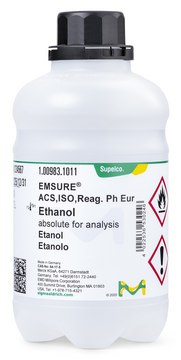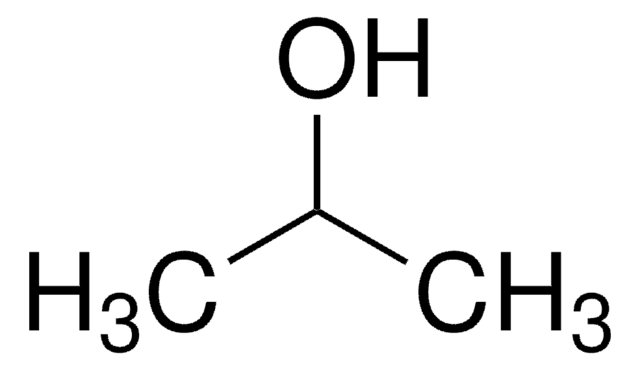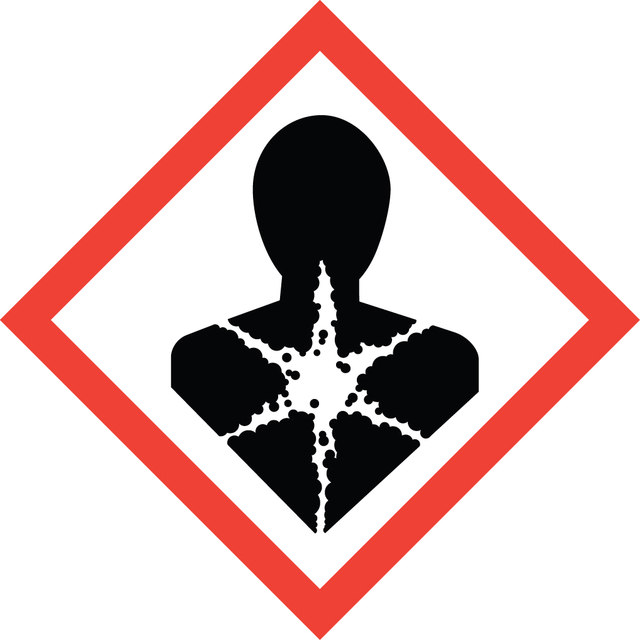48586
Aroclor 1254
ampule of 50 mg, analytical standard
Sign Into View Organizational & Contract Pricing
Select a Size
Change View
500 MG
MYR 1,178.00
About This Item
Recommended Products
grade
analytical standard
Quality Level
CofA
current certificate can be downloaded
packaging
ampule of 50 mg
technique(s)
HPLC: suitable
gas chromatography (GC): suitable
application(s)
environmental
format
neat
storage temp.
2-30°C
SMILES string
Clc1c(c(ccc1Cl)c2c(c(ccc2)Cl)Cl)Cl
InChI
1S/C12H5Cl5/c13-8-3-1-2-6(10(8)15)7-4-5-9(14)12(17)11(7)16/h1-5H
General description
Aroclor 1254 is a mixture of several polychlorinated biphenyls[1], which has been used for chicken embryogenesis and hatching process in order to reduce thyroid hormone levels in blood plasma.[2] It can also work as a powerful inducer of both cytochrome P-448 and P-450 and hence exhibit the catalytic properties of both cytochromes in the liver.[1]
Application
Aroclor 1254 may be used as an analytical standard for the determination of the analyte in pesticide samples[3] and environmental samples[4][5] by chromatography techniques.
Refer to the product′s Certificate of Analysis for more information on a suitable instrument technique. Contact Technical Service for further support.
Legal Information
Signal Word
Warning
Hazard Statements
Precautionary Statements
Hazard Classifications
Acute Tox. 4 Oral - Aquatic Acute 1 - Aquatic Chronic 1 - STOT RE 2
Storage Class Code
10 - Combustible liquids
WGK
WGK 3
Flash Point(F)
Not applicable
Flash Point(C)
Not applicable
Choose from one of the most recent versions:
Already Own This Product?
Find documentation for the products that you have recently purchased in the Document Library.
Customers Also Viewed
M G Mahoney et al.
The Journal of clinical investigation, 103(4), 461-468 (1999-02-18)
Patients with pemphigus foliaceus (PF) have blisters on skin, but not mucous membranes, whereas patients with pemphigus vulgaris (PV) develop blisters on mucous membranes and/or skin. PF and PV blisters are due to loss of keratinocyte cell-cell adhesion in the
D M Lovinger et al.
Science (New York, N.Y.), 243(4899), 1721-1724 (1989-03-31)
The ion current induced by the glutamate receptor agonist N-methyl-D-aspartate (NMDA) in voltage-clamped hippocampal neurons was inhibited by ethanol (EtOH). Inhibition increased in a concentration-dependent manner over the range 5 to 50 mM, a range that also produces intoxication. The
Y Gavrieli et al.
The Journal of cell biology, 119(3), 493-501 (1992-11-01)
Programmed cell death (PCD) plays a key role in developmental biology and in maintenance of the steady state in continuously renewing tissues. Currently, its existence is inferred mainly from gel electrophoresis of a pooled DNA extract as PCD was shown
S Enocksson et al.
The Journal of clinical investigation, 95(5), 2239-2245 (1995-05-01)
Although it is well established in several mammalian species that beta 3-adrenoceptors play a major role in regulating lipolysis and thermogenesis in adipose tissue, the functional existence and role of this receptor subtype in man has been controversial. We investigated
Gian Marco Leggio et al.
Neuropsychopharmacology : official publication of the American College of Neuropsychopharmacology, 39(8), 2017-2028 (2014-03-04)
Mesolimbic dopamine (DA) controls drug- and alcohol-seeking behavior, but the role of specific DA receptor subtypes is unclear. We tested the hypothesis that D3R gene deletion or the D3R pharmacological blockade inhibits ethanol preference in mice. D3R-deficient mice (D3R(-/-)) and
Our team of scientists has experience in all areas of research including Life Science, Material Science, Chemical Synthesis, Chromatography, Analytical and many others.
Contact Technical Service





